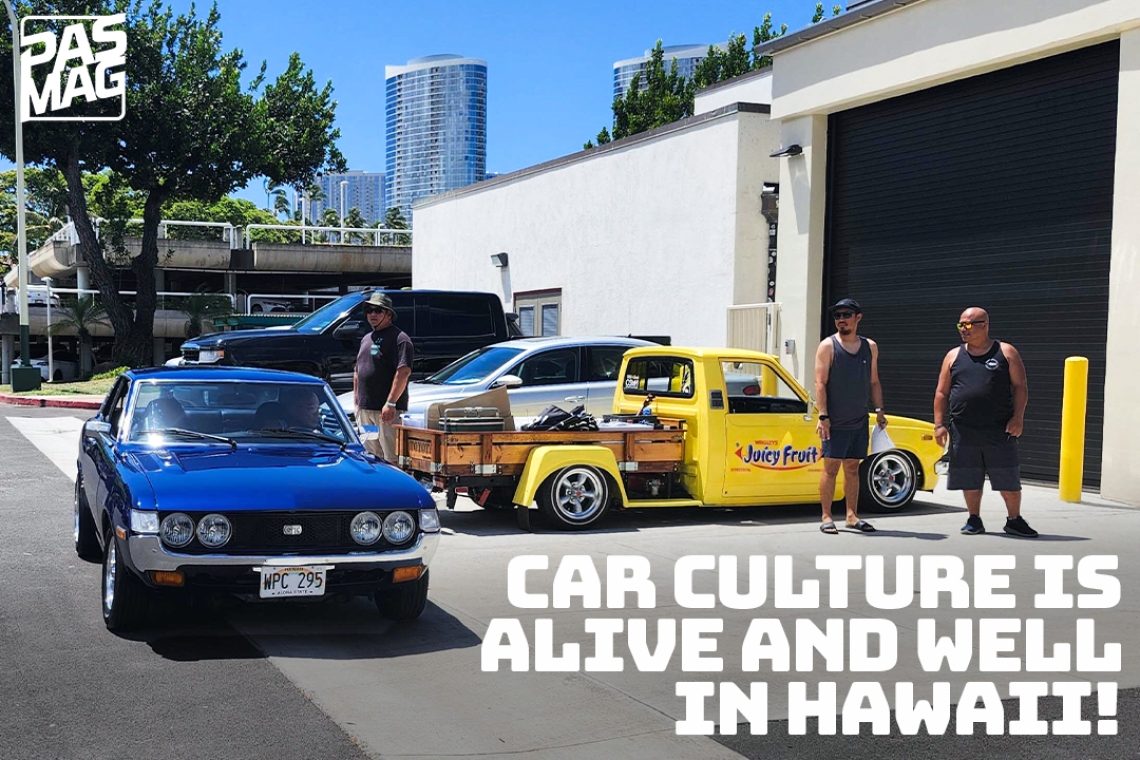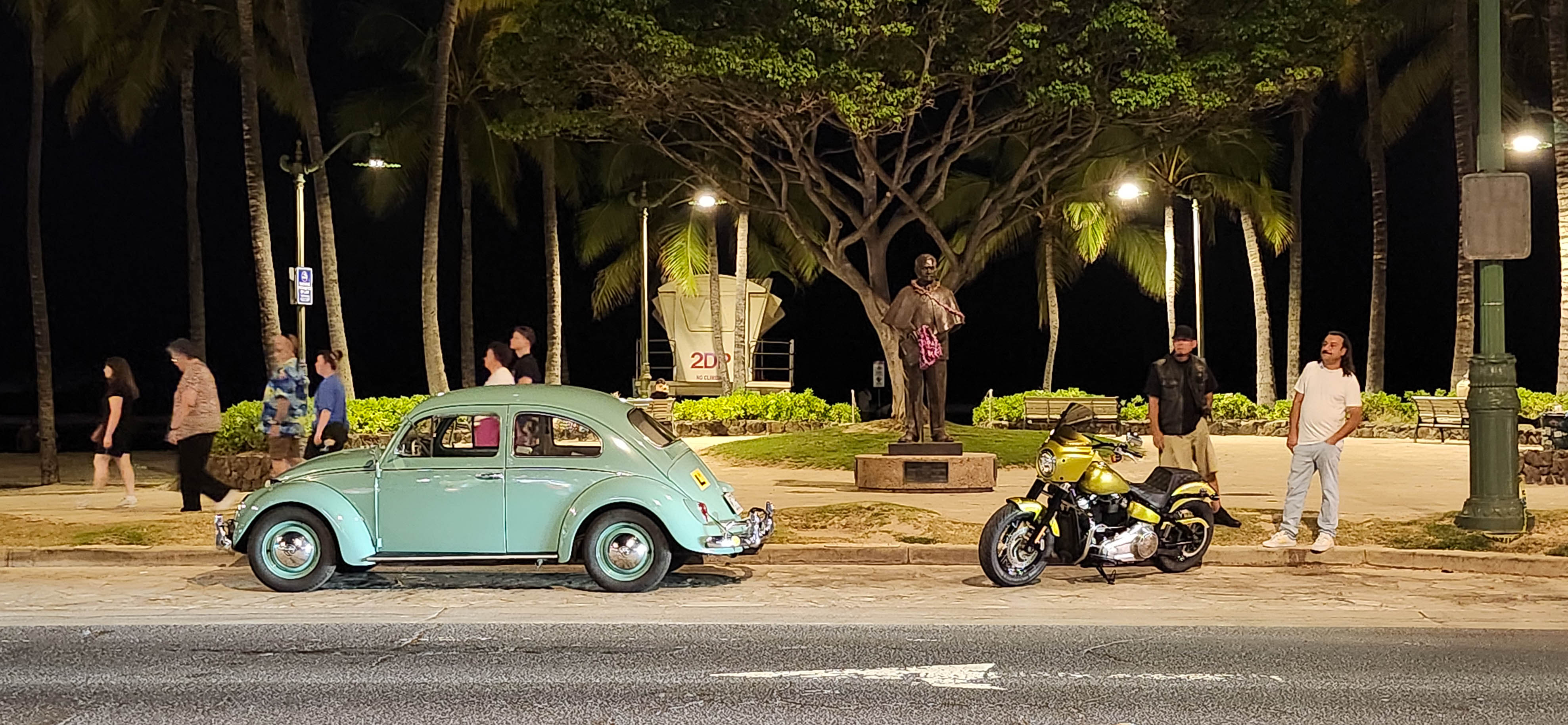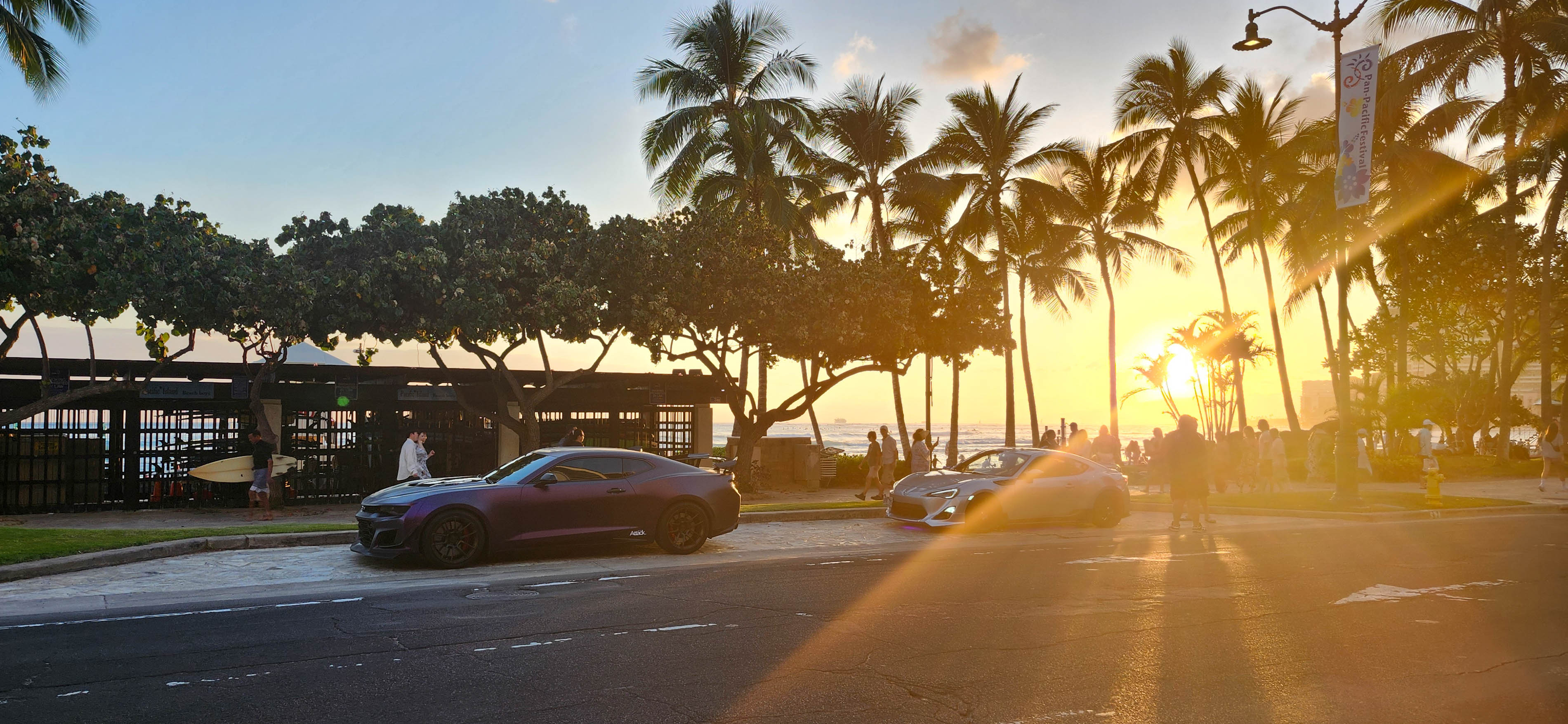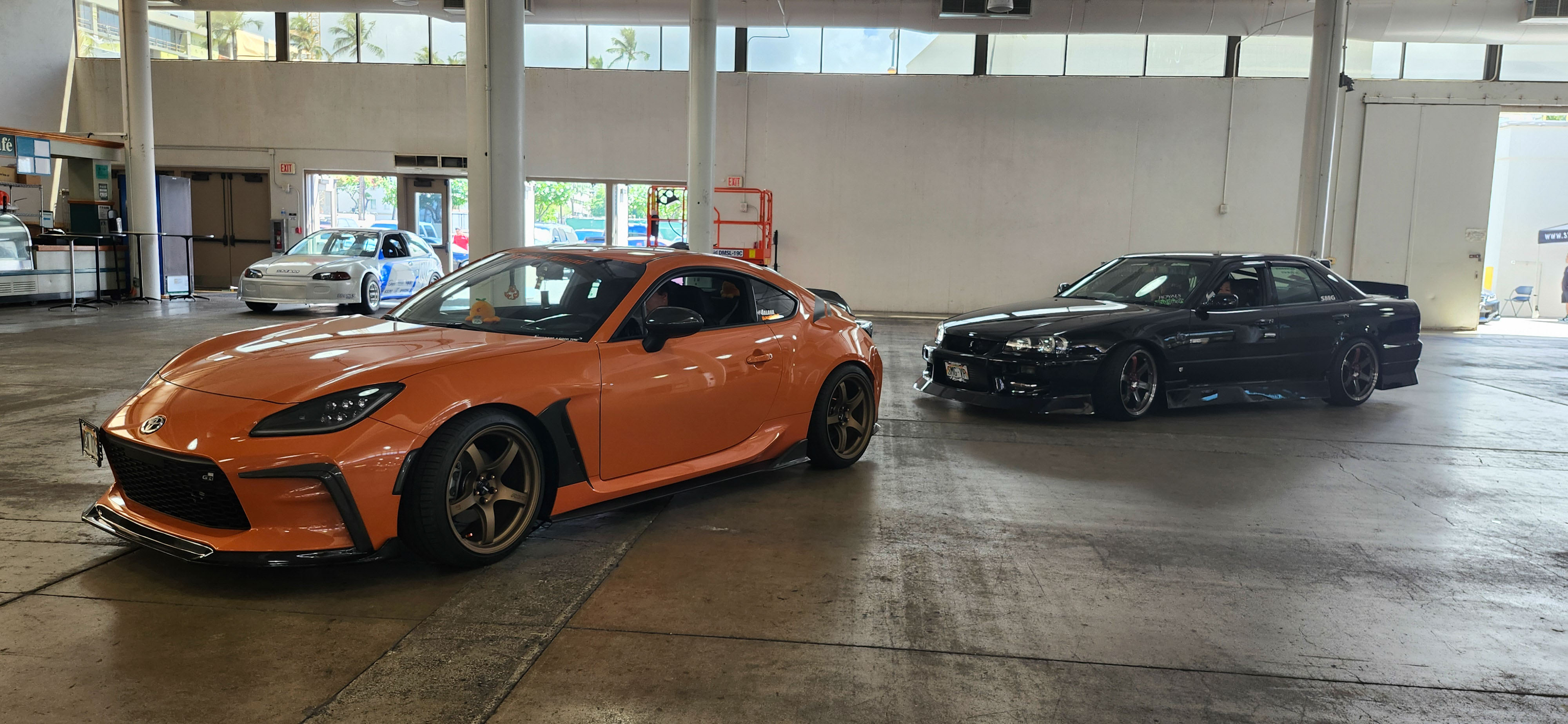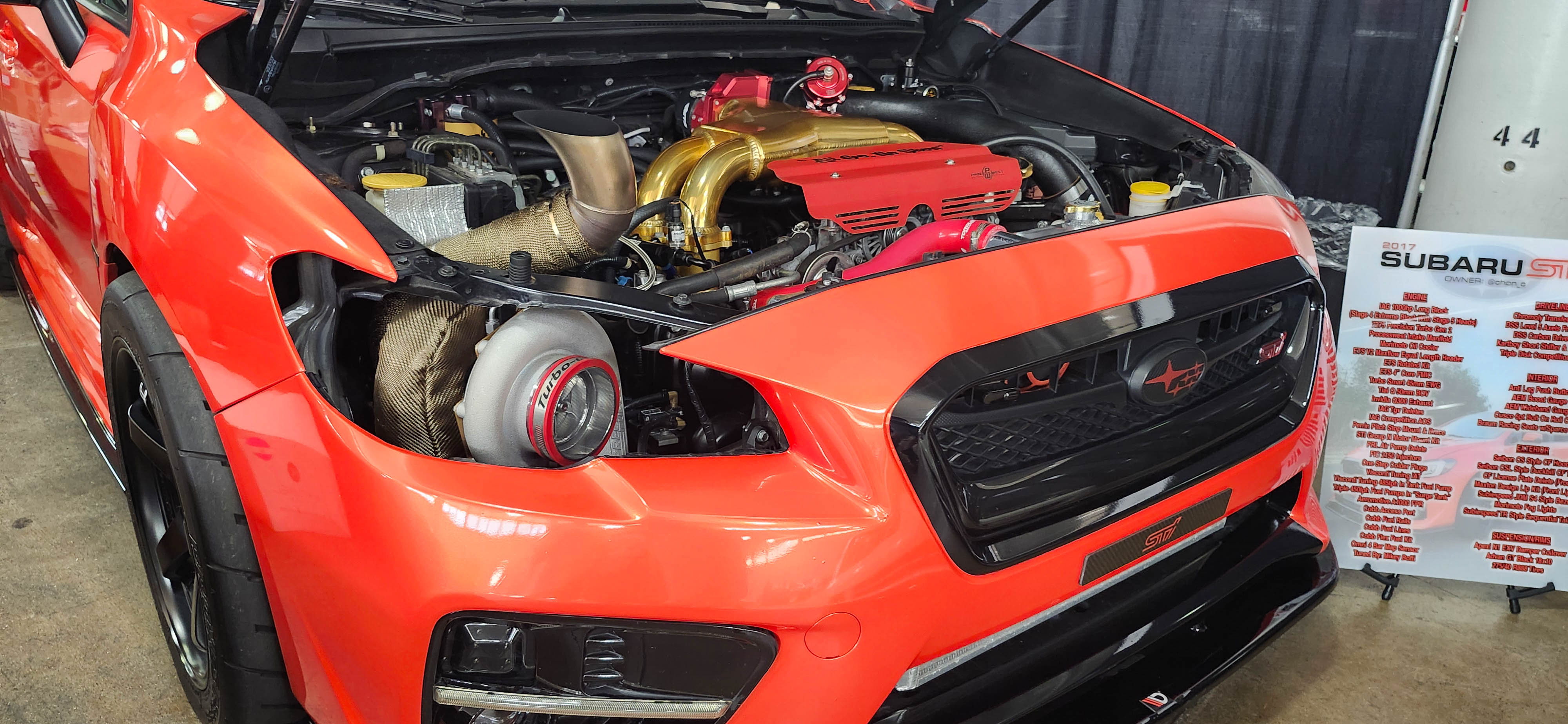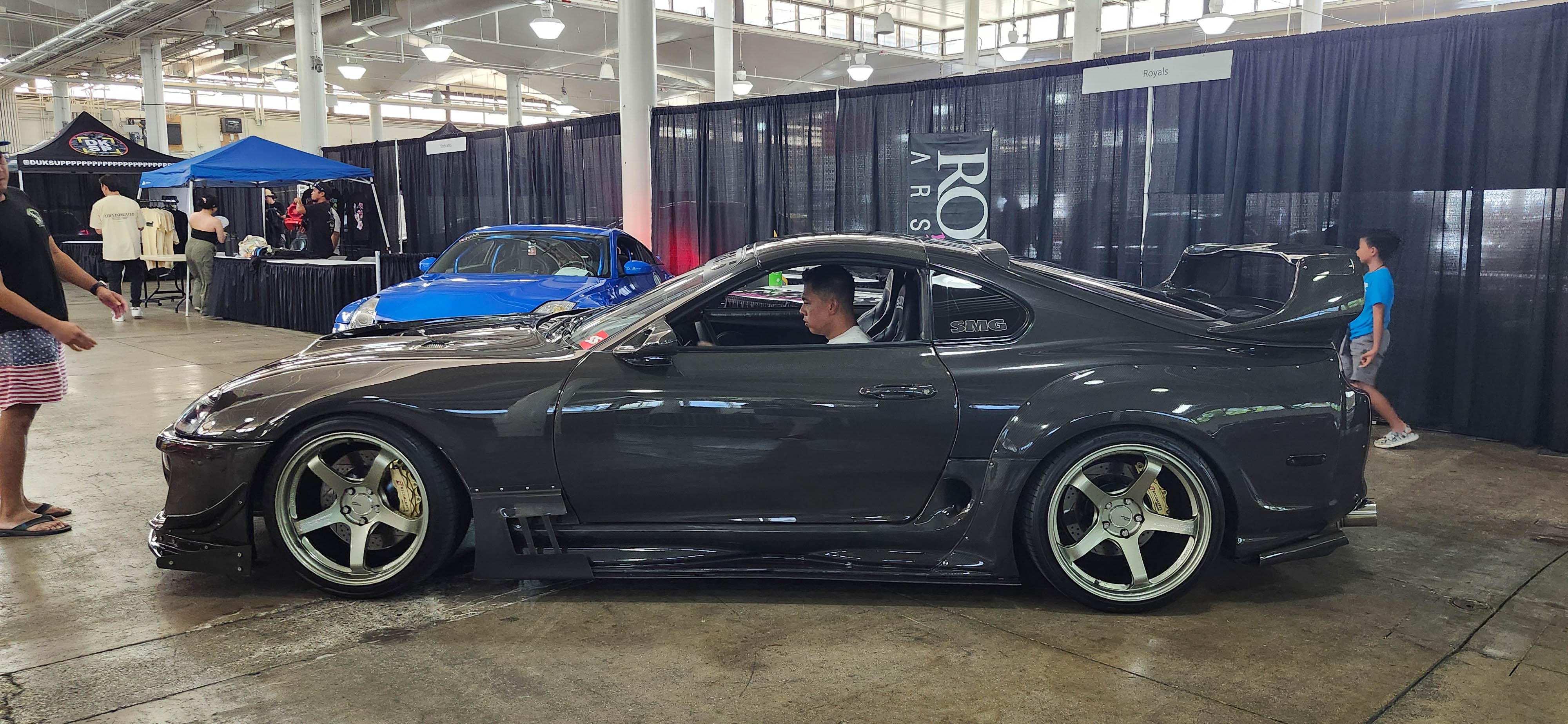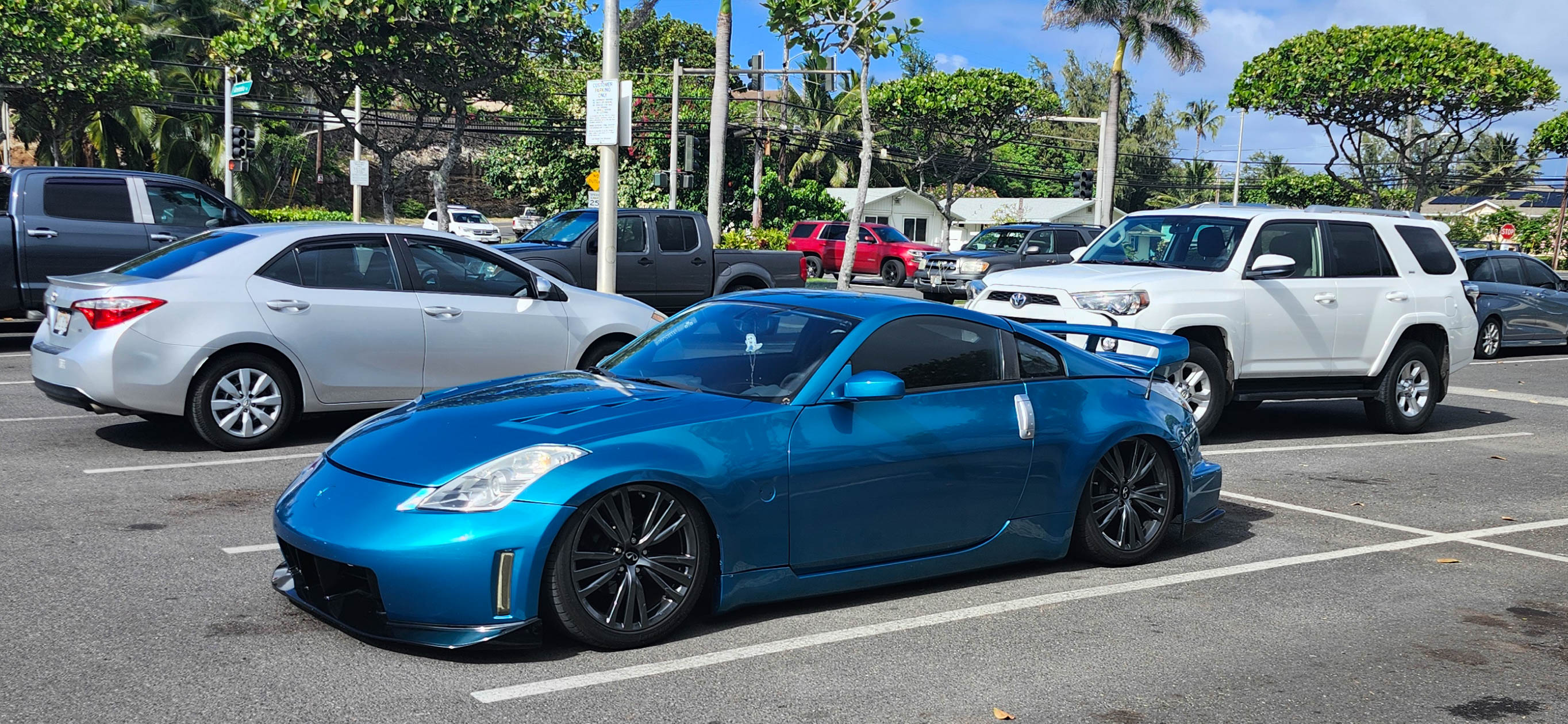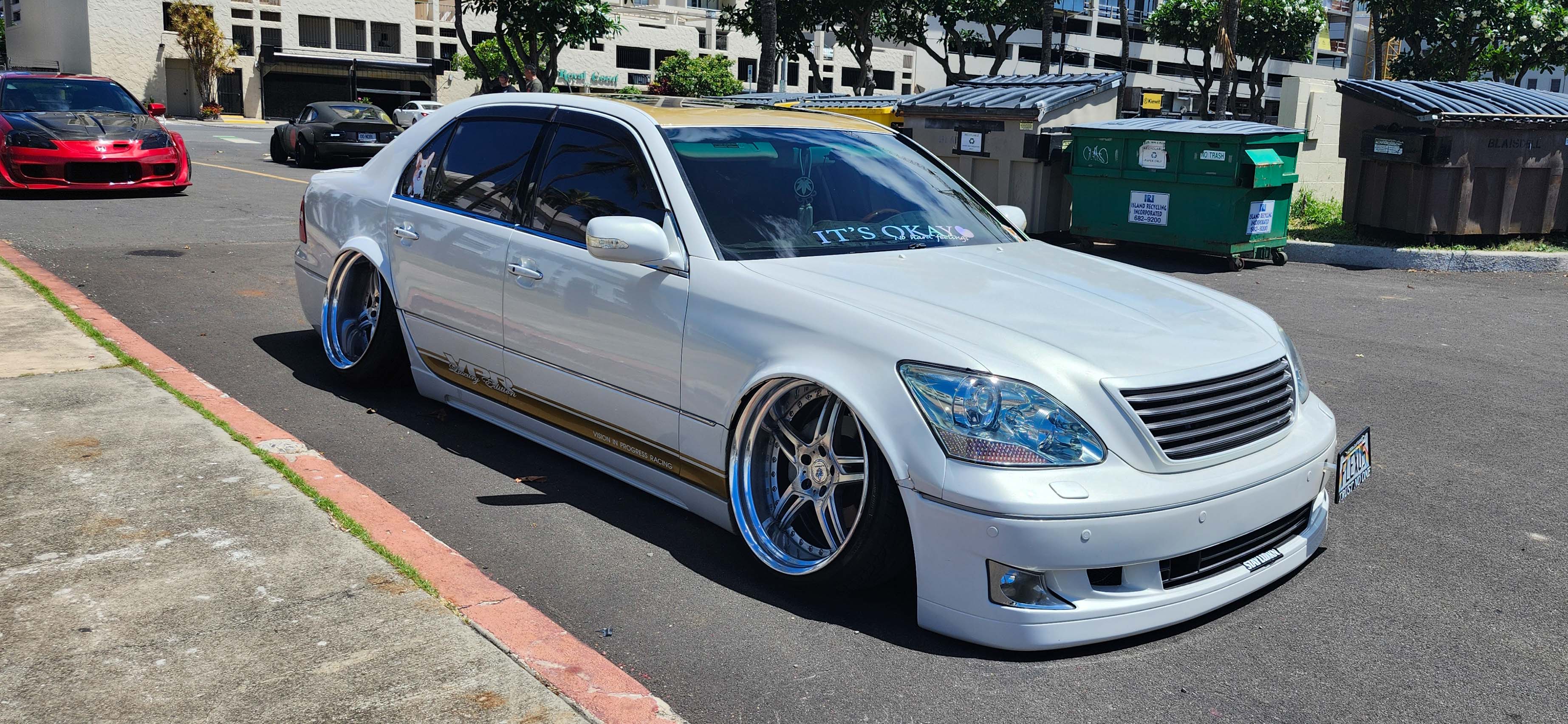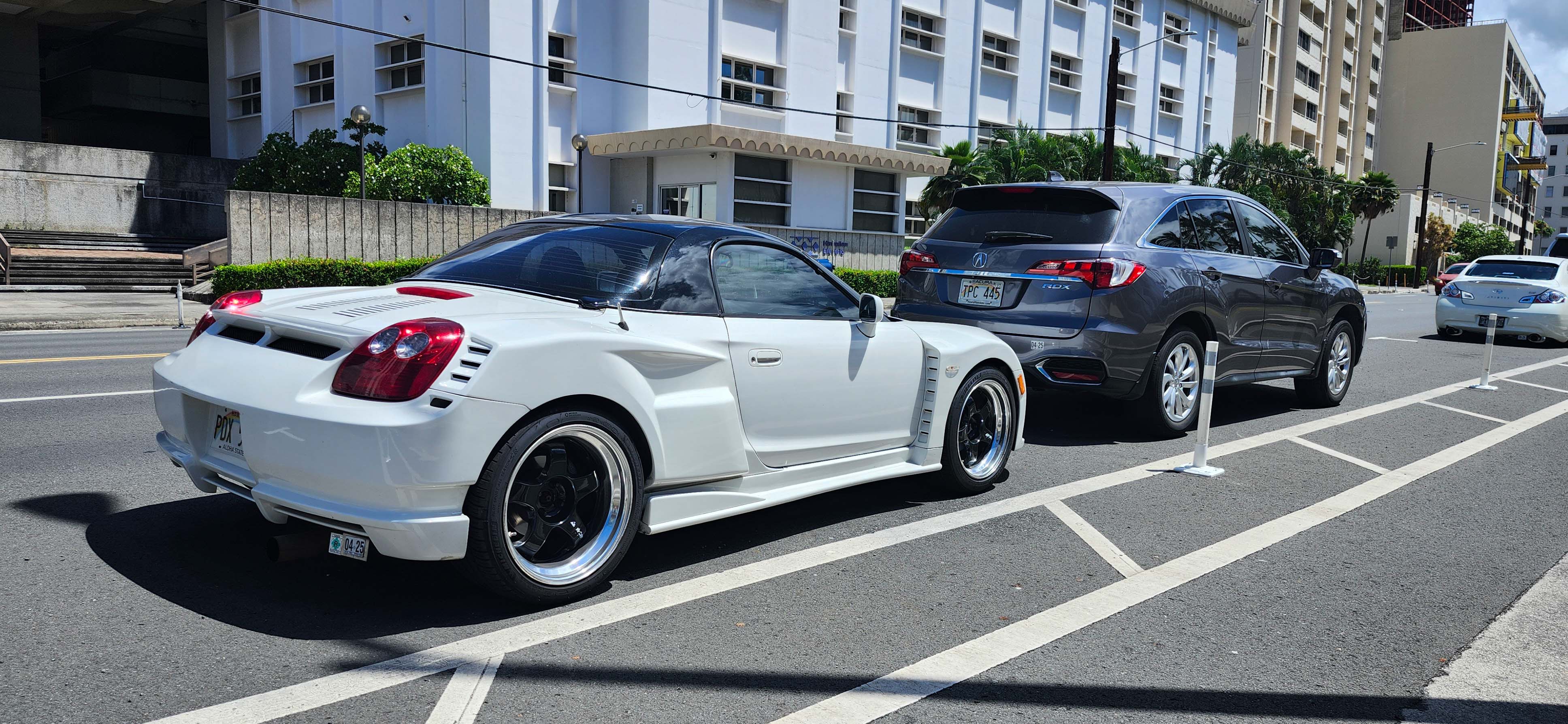Hawaii is one of those places on just about every person's bucket list. The beaches, the blue ocean, the culture - there is no shortage of popular allures to one of Earth's most beautiful places. Amidst the sand, surf, and sun there is a proverbial smorgasbord of cultures and subcultures, and the one that obviously stands out the most to us, as you might expect, is the car culture. I recently had the chance to spend a week on the island of O'ahu - the most populous of Hawaii's islands, complete with a city core in the from of Honolulu, and a beach strip with tons of locals and visitors alike in the form of Waikiki. What I found there was a car culture that borders on something sacred.
Between the rented exotics being driven by visitors splurging on a lavish evening, and the roving packs of dirt bikes that would cruise the strip spending more time on one wheel than two (there are no helmet laws, by the way - a sight which shocked me the first few times), I began to catch sightings of the occasional purpose-built street car rumbling through the neighborhood, or a perfectly preserved classic, seemingly untouched by time. I knew Hawaii had some form of car culture, given the annual car shows we would receive coverage from, but at this point I had no idea what I was in for.
American car culture (and by that, I mean car culture in America, not the culture around domestic American cars) is a interesting thing. The makeup of a local pocket of car enthusiasts is typically determined by their surroundings, or by what is most readily available nearby. In the American south, for example, big domestic classics and trucks are a huge part of the culture. On the western coasts, you typically find a fair share of JDM vehicles due to their closer proximity to the source. Of course, these are generic examples, and these lines have blurred in recent years as the internet and ease of access have opened up opportunities for anyone, anywhere to own and modify just about any vehicle, but generally an automotive sub-sect is a product of its environment.
Georgraphically, Hawaii is almost smack dab in the middle of America and Japan, and the car culture reflects that. JDM icons, early Americana, low-riders, race-built Subarus - It's quite the automotive melting pot. The United States as a whole has finally gotten access to icons of JDM, such R34 Skylines, S15 Silvias, JZX100 Chasers, and more thanks to the 25-year time span since their prodiuction. As it turns out, Hawaiian car enthusiasts were among to very first to do so. Given their proximity to Japan, it makes sense why they treat things like the R34s on display as "old news" relative to the dropped-jaws you'll still find in some states when onlookers first see "the Fast & Furious Skyline" in their town.
In my final hours on the island, I serendipitously found my way into SPOCOM Hawaii, one of the biggest annual car shows they have to offer. SPOCOM, which prides itself on being a reminder that the import tuner and exotic automotive aftermarket is still thriving, has one of its best opportunities to live up to its mission statement on the island of O'ahu. The show gave way to a small but passionate world of enthusiasts I couldn't have expected beneath the surface of Hawaii's usual postcard horizons and picturesque beaches. There's a real sense of community here, and people from around the world have taken notice. Imagine my shock when I bumped into one of our partners from Mackin Industries visiting the show from the mainland.
I took this time I had at the show to chat with some locals about their particular niche of car culture. What stands out immediately - other than the universally welcoming response I received - is the distinct lack of a racetrack on the island of O'ahu, despite some incredible high-performance builds. There was no shortage of full drag cars and high-horsepower builds despite the highest speed limit being 60 mph. I also noticed a few hood exits coming from big turbos which prompted me to ask about emission laws on the island. Surprisingly enough, there are none. Compared to the overwhelming majority of jurisdictions on the mainland, Hawaii has a relatively lax set of rules when it comes to modifying cars on the street.
Speaking of highly modified cars on the island, I made a point to meet up with Christopher Calimlim, owner of this incredible two-time SPOCOM Best in Show award winning MkIV Supra, who some of you may remember from his feature in PASMAG way back when this car was still red. Today it sports a shocking amount of carbon fiber and some pretty slick upgrades from the last time we saw it.
Car culture in America is in a weird place in many states/cities because of bad behavior in public - be it the intersection blocking takeover crowd (we all hate you, by the way), or people racing through neighborhoods or crowded highways causing accidents that aren't soon forgotten by the masses. That kind of behavior doesn't fly in Hawaii. If you block an intersection to do donuts and cause traffic jams, you're more likely to get your ass kicked than to get your 15 seconds of Instagram fame. Before departing the island, I spent an hour after midnight in an undisclosed area of the island where there were no residential buildings, and no drivers on the roads, with the exception of multiple fast cars running a local loop and some street drags. There are also some locations, which will remain unnamed, where local drifters can test their angle kits.
The difference between places with state-wide crackdowns on car culture and the seemingly carefree nature of O'ahu streets is something that stems from Hawaiian culture, and it's more than just their laid-back island attitude. Respect is a fundamental tenant of the culture in Hawaii, and it's something the older generation makes sure to pass down to the younger guys before social media and clout-chasing lead them astray. Why aren't police bothering the dirt bikers pulling wheelies down the strip, or the midnight racers, or the cars of questionable legality on the streets? Because those guys aren't bothering anyone else. These enthusiasts have a respect for their surroundings and their little slice of car culture, and they want to protect it. There's no need to stunt on the gram, or make a scene out of their personal enjoyment of the machine. They keep the speed away from the public for everyone's safety. The concept of a takeover, or the idea of street racing around tourist-filled streets elicit scoffs from the local enthusiasts, as it should. Street drifting isn't posted on social media for grasps at some likes, it's kept on the down low to protect it for the future. I hesitate to elaborate too much about the details of these things lest we shed too much light on them, so I'll leave it at that. Keep this between us.
Another aspect of the local car culture in Hawaii that impressed me was their dedication and ingenuity. As it turns out, acquiring quality car parts on a remote island can be quite expensive, especially with larger, heavier parts. Take a set of four wheels for example. Often times the price of shipping can match, or even outweigh (pun completely intended) the price of the parts themselves. Knowing this, some of the more impeccably put together builds are even more remarkable when you consider the lengths the owners went to in order to put them together.
Because of that island-tax on things like wheels, you'll see a fair share of vehicles on different OEM wheels, looking to upgrade some style without breaking the bank. This Nissan 350Z on Infiniti wheels was among the first we came across in the wild.
Despite all of the hurdles and tribulations associated with the modified car lifestyle 2,400 miles from the nearest neighboring civilization, a small but dedicated and proud sub-sect of car culture is thriving on the island of O'ahu. And from what I've seen, they have every right to be proud of it. As a visitor who was welcomed with open arms into their little slice of paradise and the car culture within it, I'm proud of them too. I'm not the first car guy to visit from afar and see what Hawaii has to offer, and I certainly won't be the last. All I ask is that anyone visiting shows the same respect that the island's inhabitants do, because what's happening here is sacred.
Related Articles
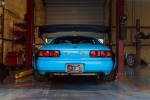 Still Got It: A V6-Swapped MR2 Too Special To Relinquish
Still Got It: A V6-Swapped MR2 Too Special To Relinquish
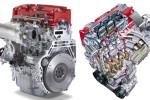 K-Swaps 101: Why the K-Series is More Popular Than Ever
K-Swaps 101: Why the K-Series is More Popular Than Ever
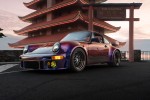 21st Century Mid-Night: Austin Barnett's 1976 Porsche 911
21st Century Mid-Night: Austin Barnett's 1976 Porsche 911
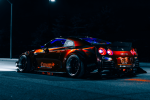 Unleashing The Dragon: Jimmy Tu's R35 GT-R
Unleashing The Dragon: Jimmy Tu's R35 GT-R
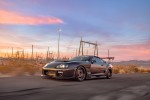 Swiss Army Knife: Joshua Stubstad's 1993 Toyota Supra
Swiss Army Knife: Joshua Stubstad's 1993 Toyota Supra
 Film Photography and Cars: A Time Tested Love Story
Film Photography and Cars: A Time Tested Love Story


